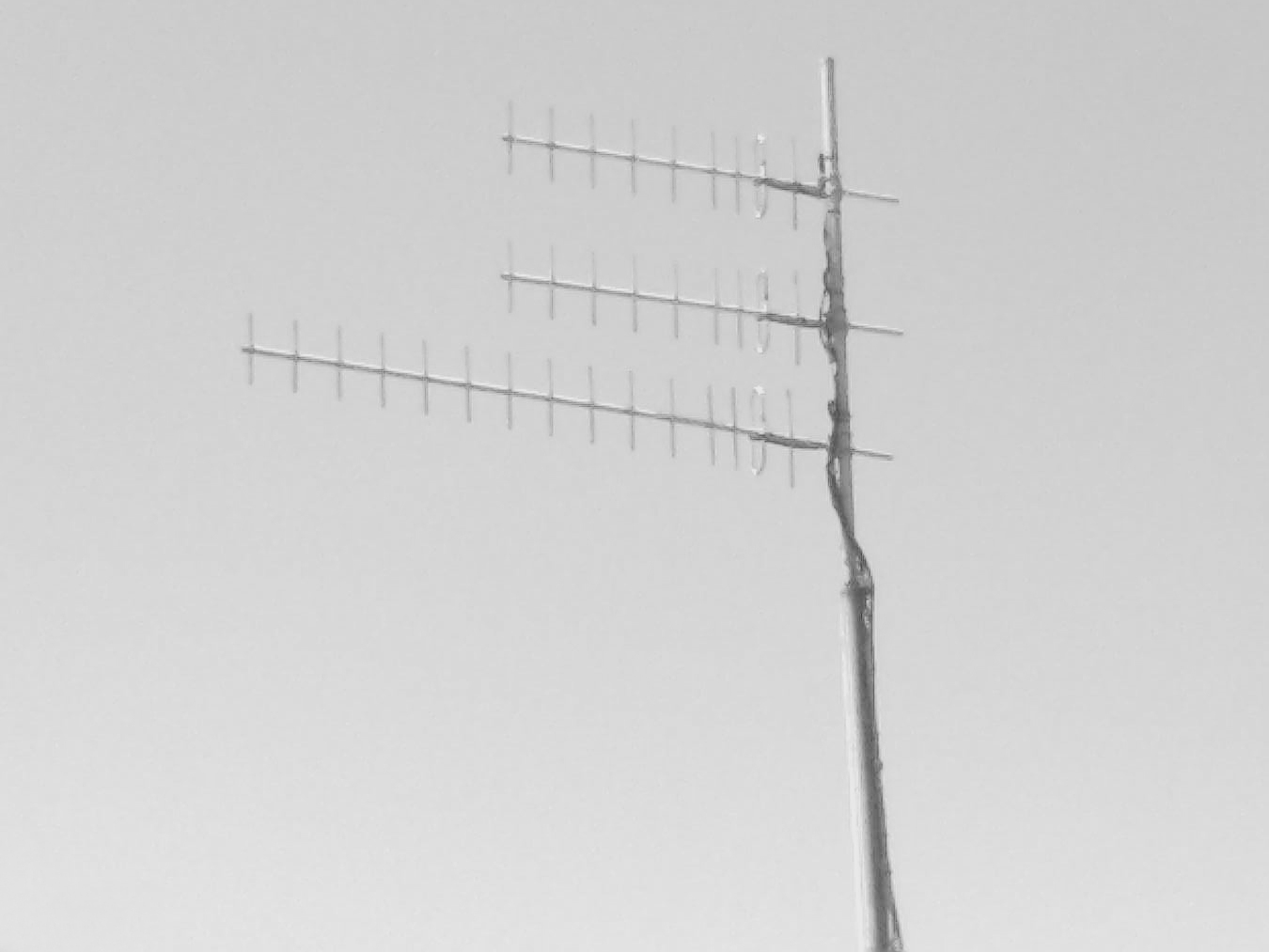Antennas

ELEC5101 Antennas and Propagation
Introduction
To start with we need to develop a clear picture of the shape of an Electromagnetic wave as it travels through space. Whereas we use transmission lines to completely contain and guide RF energy from one place to another, we design and use Antennas to deliberately ‘throw’ these electromagnetic waves out into space in very ordered ways so that we can build efficient communication links with satellites, between Radio and Television towers and all terrestrial receivers, or to form links between mobile telephones–just to give a few examples of the multitude of possible applications.
This course is accompanied by a comprehensive Laboratory program which has been refined over some years and is in place to seriously illustrate what the subject is all about. It should surprise, engross and convince each one of you!
Textbook: “Antennas and Wave Propagation” by Harish, A. R. and Sachidananda, M. Library: 621.384135 43
Reference Books recommended:
“The Services Textbook of Radio–Volume 5–Transmission and Propagation” by Glazier and Lamont. 621.3841 15
“Antennas” by Kraus, John D. 621.3824 29
“Advanced Engineering Electromagnetics” by Balanis, C. A. 621.3824 44 (includes a disc).
One copy of each of these has been placed in closed reserve. The Glazier book is a very simple introduction and well worth a read–it was my own student text! Around these areas in the Library there are dozens of superb Antenna books available and the importance of “reading around” the topic to find the point of view which really suits you in particular cannot be emphasized enough!
Software:
We will using a program called “EZNEC” which will be supplied to you on loan for your own use in this subject. It is simple to use and presents nice pictorial results. You will need to spend time “playing” with it on your own to get used to coping with structures and fields which are 3–dimensional!
The Course Content – in its approximate sequence:
Topic 1. “Simple wire antennas”. We start from an amazingly-simple construct of two bits of wire which forms the most basic antenna – which is called a “dipole”. We look at the difficulties of ‘feeding’ it from an RF transmission line to its interaction with the earth and the interaction with other simple wire antennas. This will allow us to develop and study the key performance measures which will apply for all antennas.
Topic 2. “Field Theory ideas”. The ideas of Maxwell are introduced clearly and simply and we will show how they predicted the possibility of having RF fields in space decades before those fields were ever produced in a Lab. These ideas lead us directly to the idea of a ‘Vector Potential’ which is a simple and powerful tool for analysing radiating fields. We then develop and analyse the idealised “Hertzian” dipole – an antenna which we cannot construct in practise - which we can then use as a “building block” to analyse much more complex structures.
Topic 3. “Large Reflector Antennas”. The focussing effects of paraboloids and hyperboloids is discussed and their performance analysed very simply.
Topic 4. “Link Budgets”. It turns out to be a really straight-forward process to compare an Antenna's performance to that of the Hypothetical ISOTROPIC antenna – which radiates equally in all directions – and that allows us to develop an essential performance tool.
Topic 5. “Developing a numerical computer method for analysing Antennas”. We explain the “Moment” method of analysing wire antennas and we develop our own simple computer analysis which produces remarkably accurate results despite the seemingly crude assumptions which we make. We compare these results with those provided by EZNEC.
Topic 6. “Patch Antennas”. This type of antenna is normally implemented by removing copper from one side of a copper double-sided dielectric to create patches and arrays of patches which provide conformal antennas which are particularly useful on aircraft and spacecraft. The essential features of this antenna type will be introduced by using an air-dielectric situation.
Topic 7. “Low Frequency Antenna examples and their limitations”. We look at the performance challenges of some famous examples like the Omega Worldwide Navigational System which operated at about 10 kilohertz to the “Jindalee” Over The Horizon Radar System which operates in the HF band and is used as a front-line defence system in Australia.
Topic 8. “Schelkunoff’s design approach for Linear, Equispaced antenna arrays”. A powerful and elegant antenna-array design technique which was also used to develop new Landing Systems which are used at International airports worldwide.
Topic 9. “The near fields of an Antenna and the Mutual effects which antennas have on each other when placed in close proximity”. The fields close to an antenna have a much-more complex structure than when they have settled down in the FAR field. We need to aware of this especially when two or more antennas are co-located.
Topic 10. “Travelling Wave Antennas”. Widely used in the HF bands for very-long distance propagation using the troposphere. They also provides a wideband design technique.
Topic 11. “Helical Antennas and Circular Polarization”. We have essentially dealt with linearly-polarised antennas up to this point and we need to be aware of alternative possibilities.
Topic 12. “The variety of Antenna designs – including Wideband antennas”. We will touch on what is new in the area, where future work is likely and demanding applications which need to be solved.
Week 13. Course review/Revision. Specific query response.
Study Break. Students with difficulties are encouraged to send email queries to which comprehensive 'Feedback Responses' are provided on the course web page.
Exam Period. Students are encouraged to take their comprehensive laboratory notebook with them in to the (Open Book) examination session and it is then required to be submitted with their examination paper.
Assessment Due: Final Exam
Antennas